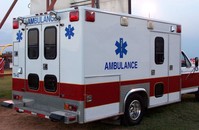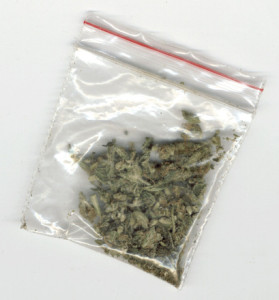 The Supreme Judicial Court recently issued a decision – Commonwealth v. Gerhardt – on the admissibility of field sobriety tests for marijuana use. The decision was issued in response to four reported questions by a trial judge in Worcester Country. In its opinion, the SJC set forth guidelines regarding “the admissibility of field sobriety tests (FSTs) where a police officer suspects that a driver has been operating under the influence of marijuana.”
The Supreme Judicial Court recently issued a decision – Commonwealth v. Gerhardt – on the admissibility of field sobriety tests for marijuana use. The decision was issued in response to four reported questions by a trial judge in Worcester Country. In its opinion, the SJC set forth guidelines regarding “the admissibility of field sobriety tests (FSTs) where a police officer suspects that a driver has been operating under the influence of marijuana.”
The background was as follows. At 12:20 a.m. of the date in question, a state trooper (French) stopped the vehicle being driven by Gerhardt because the rear lights were not on. French approached the vehicle, in which the defendant and two passengers were seated. The trooper “saw smoke inside the vehicle” and “detected ‘the distinct odor of burnt marijuana.’” He “asked when the occupants had smoked marijuana. One of the passengers responded that they had smoked about twenty minutes previously. Gerhardt said that it had been about three hours earlier. French walked to the driver’s side of the vehicle and noticed that the light switch was in the ‘off’ position. He asked Gerhardt how much he had smoked. Gerhardt responded that he had smoked approximately one gram of marijuana. French then asked Gerhardt to step out of the vehicle to perform” FSTs. “French administered a number of [tests], including the horizontal gaze nystagmus test (HGN); the nine-step walk-and-turn test (WAT); and the one-leg-stand test (OLS). French also asked Gerhardt to recite the alphabet from D to Q and to count backward from seventy-five to sixty-two. Gerhardt had no nystagmus indicators, and was able to recite the requested portion of the alphabet and to count backwards.” However, he did not perform the WAT or the OLS as instructed.” As a result, “French concluded that Gerhardt was under the influence of marijuana.” Subsequently, Gerhardt was charged “with operating a motor vehicle while under the influence of drugs, pursuant to G. L. c.90, §24(1)(a)(1), and traffic violations.” “Gerhardt filed a motion for a Daubert–Lanigan hearing, seeking to challenge the admissibility of evidence concerning his performance on [the] FSTs conducted after the stop…. After an evidentiary hearing, [the] judge reported four questions …, pursuant to Mass. R. Crim. P. 34[:] ‘1. Whether police officers may testify to the administration and results of standard [FSTs] in prosecutions for [o]perating [u]nder the [i]nfluence of [m]arijuana as they do in [o]perating [u]nder the [i]nfluence of [a]lcohol prosecutions? 2. Are the effects of marijuana consumption sufficiently within the common knowledge and experience of a lay person, such that a non-expert witness may offer opinion evidence whether a person is “high” on marijuana? 3. May a police officer, who has not been qualified as an expert witness, testify to the effects of marijuana on a person such as bloodshot eyes, lack of coordination and/or balance, reaction times, slow speech, paranoia, or relaxed responses[?] 4. May a juror rely on their own experience and common sense about the effects of marijuana as they may do in an [o]perating [u]nder the [i]nfluence of [a]lcohol prosecution?’” Continue reading →
 Massachusetts Criminal Lawyer Blog
Massachusetts Criminal Lawyer Blog









